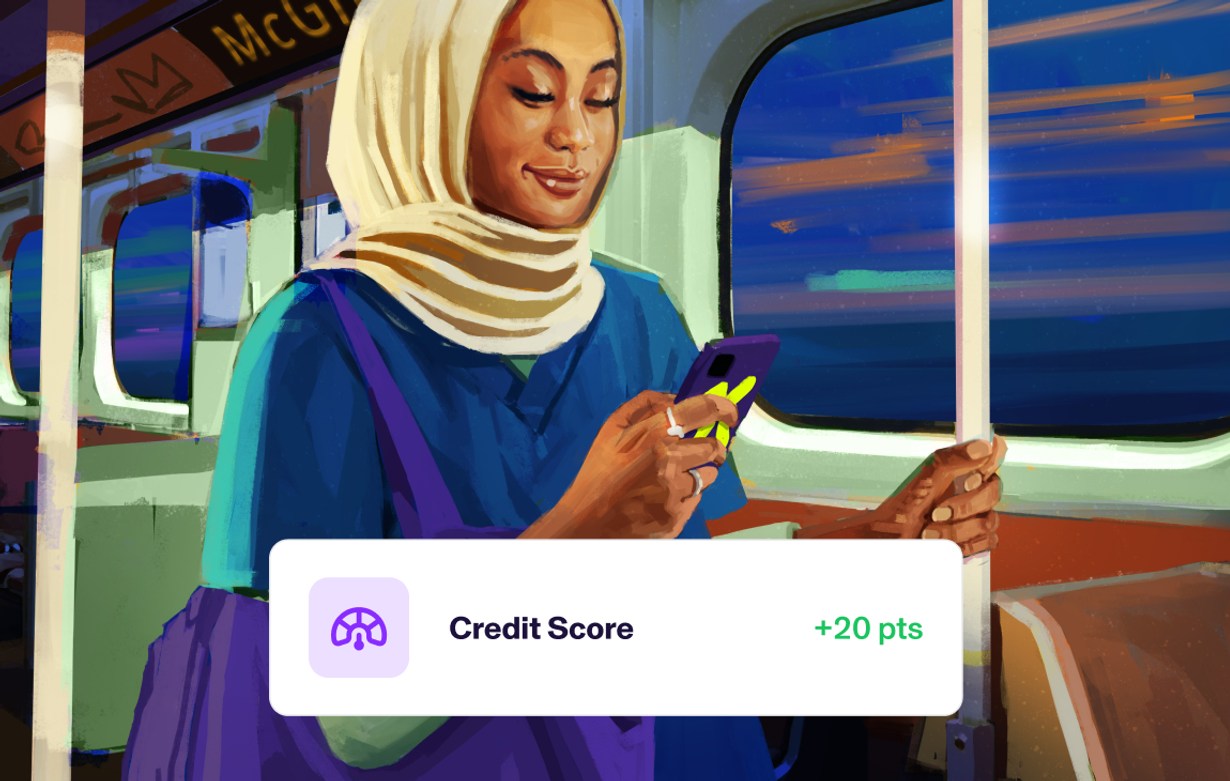
Have you ever stopped to think about why your credit score holds so much power over your daily life? It can decide where you live and how much you might pay for a loan. Having a good credit score leads to more opportunities and less stress. And the best part It's never too late to improve it.
What is a good credit score?
Credit scores usually range between 300 and 900, so they're like an at-a-glance report card on your borrowing history. A score from 660 to 724 is often described as good. Scores between 725 and 759 are very good, and 760 or higher tends to be excellent (according to Equifax Canada).
Many lenders look at this number when you apply for credit. Higher scores typically mean you have more options. It's also sometimes checked if you're renting a new place or seeking certain jobs. Everyone's financial journey is unique, so a score that's great for one person might feel low for another.
Consider these quick points:
Knowing your score can make it less stressful when applying for housing.
Staying aware of how much credit you're using helps you avoid surprises on your report.
Paying debts (money you owe) on time can gradually boost your standing.
Imagine you want to switch apartments. The potential landlord might see your score and decide if you're a reliable renter. If your number seems low, it's helpful to review your credit habits and consider changes that keep your balances under control. This approach could create more opportunities later.
SPEND SMARTER. SAVE FASTER
What is a credit history?
Ever wonder how your past credit usage might shape your future borrowing? A credit history is a record of how you manage borrowed money, including details about your payments on credit cards, loans, and lines of credit.
Lenders often use this record to evaluate reliability. Late or missed payments can leave a mark that sticks around, so building a track record of on-time payments could make a difference.
How to check your credit score
It might help to look at your credit score regularly. According to the Government of Canada, both Equifax and TransUnion offer credit scores for a fee. Requesting a free copy of your credit report every 12 months (from each bureau) can reveal potential errors that might affect your score.
Check your credit score with KOHO
KOHO offers an option to sign up within five minutes. A 30-day trial which includes a free credit score check. It’s a convenient way to see where you stand.
How to increase your credit score
Paying bills on time builds a solid repayment history. If paying in full is not possible, aim for at least the minimum amount. Avoid multiple new credit applications because frequent checks might lower your score. Keep an eye on total debt, so surprise expenses don’t pile up.
» KOHO has simple tips for improving your credit score.
SPEND SMARTER. SAVE FASTER
What’s a utilization ratio or debt-to-credit ratio?
A utilization ratio (the amount of debt compared to your credit limit) shows how much of your available credit you’re using. According to Equifax, if you have a total debt of $14,000 and a combined limit of $20,000, your ratio is 70%. Lenders see a high ratio as more risky.
Credit Bureaus recommend 30% or below. One scenario is relying on credit for most daily expenses, which can push your ratio higher. Balances that hover near your limit can create stress when new bills arrive.
You can try these steps to keep your ratio in check:
Pay down large balances first.
Track your total credit limit.
Ask your provider about a higher limit if it’s appropriate for your budget.
Each action aims to show lenders you manage your credit responsibly.
How to maintain your credit score
Credit scores change over time, but small steps make a difference. Think of these tips as quick wins.
Avoid Applying For Too Much Credit
Ever seen a tempting credit card offer and thought “maybe one more is okay”? Opening several new accounts in quick succession can send lenders a worrying signal about your habits. Multiple credit checks in a short window can impact your score.
Take a step back before hitting “apply” again. Try focusing on one or two main credit cards or lines of credit. This approach keeps your financial picture simpler and lowers the chances of juggling too many bills at once.
Stay Within Your Credit Limit
Your credit limit is the overall amount lenders let you borrow. Maxing it out can signal overspending.
When unexpected expenses pop up regular monitoring helps you catch any spikes. Paying down bigger balances first frees up room, so you may avoid drifting beyond that threshold.
Does checking your credit score lower it?
You might wonder if peeking at your own credit score hurts it. Luckily, it doesn't. A regular look at your score is called a "soft inquiry", which doesn't affect your credit at all.
It's different from a "hard inquiry", which happens when a lender checks your score during an application for a loan or credit card. That can lower your score by a few points. But simply checking your score yourself is stress-free.
If you're curious about your score before a big purchase—like trying to move into a new apartment—go for it. Seeing your score early can help you plan.
Review your credit score regularly.
Use free credit check options to stay prepared, especially when you're thinking about new credit or major purchases.
Conclusion
You have the power to shape your financial future by tracking your credit usage and staying proactive about your score
When you stay on top of payments and maintain healthy credit habits you show lenders that you're a dependable borrower. This can lead to better interest rates on mortgages' car loans and other forms of credit saving you money in the long run.

About the author
Alyssa is a seasoned content writer with experience in the finance and insurance industries, known for producing high-quality, engaging, and informative content. Her expertise in these sectors allows her to deliver insights that resonate with both industry professionals and the general public.
Read more about this author